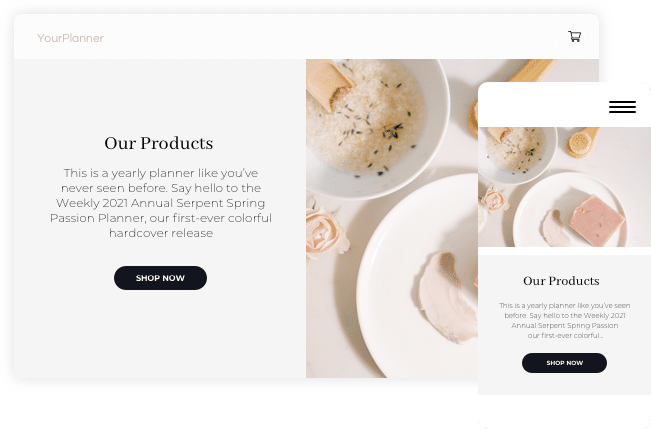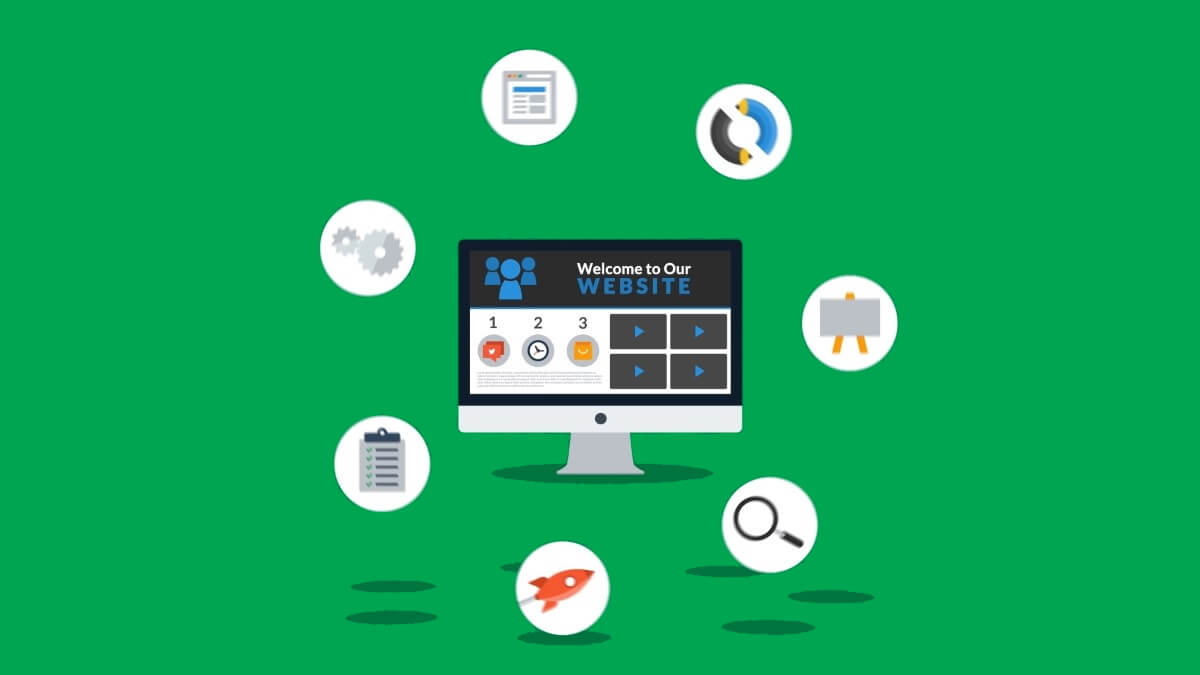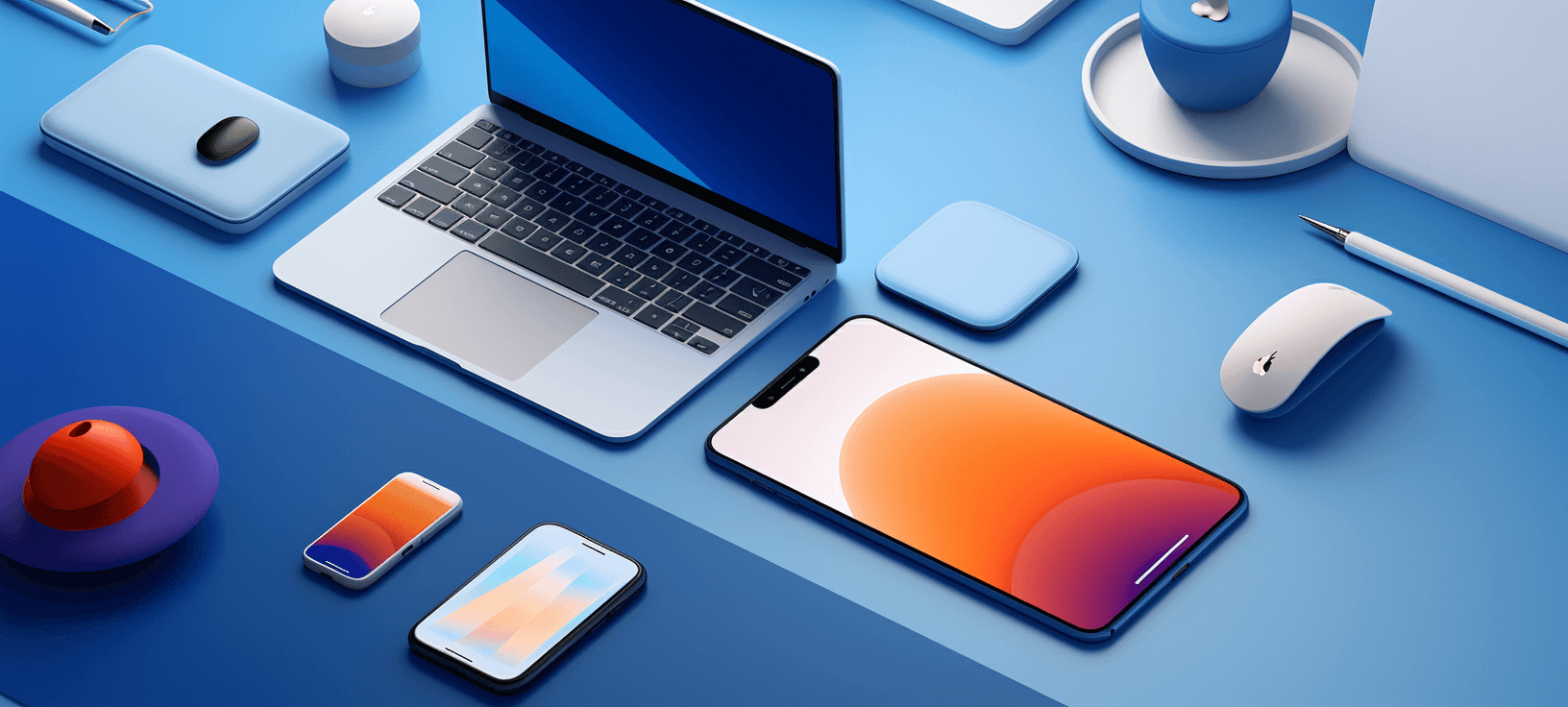Attain Online Quality: Companion with an Award-Winning Web Design Agency
Wiki Article
Explore the Different Kinds Of Website Design Provider for Your One-of-a-kind Demands
From receptive web design that adapts to different gadgets, to shopping internet layout that drives online sales, to user experience (UX) design that improves client fulfillment, to personalized internet design that brings your vision to life-- the possibilities are endless. Whether you're a small company owner looking to establish an on the internet existence or an entrepreneur aiming to transform the mobile app world, this discussion will shed light on the various kinds of internet style solutions offered, assisting you make an educated decision that aligns with your objectives.Receptive Website Design
Responsive website design is a crucial aspect of modern-day internet advancement that guarantees sites adapt and present effortlessly across different tools and display sizes. With the increasing use mobile phones, tablets, and other mobile phones, it has become essential for internet sites to be obtainable and easy to use on any type of display.Responsive internet style uses a mix of adaptable grids, layouts, images, and CSS media inquiries to achieve this flexibility. It allows the internet site to immediately adjust its design and content based upon the device's display size, alignment, and resolution (web design services). This indicates that customers can access the site on their desktop computer computer systems, laptop computers, tablet computers, or mobile phones without running into any problems or needing to zoom in or out to check out the content appropriately

Shopping Website Design

With the increasing need for online purchasing, services are now concentrating on e-commerce internet style to develop easy to use and visually attractive web sites that drive sales and enhance the consumer shopping experience. Shopping website design encompasses different facets such as design, navigating, product screen, and check out process optimization. These components are essential for bring in and keeping clients, as well as enhancing conversion prices.
An effective ecommerce internet layout starts with a well-organized format that allows users to quickly locate the services or products they are looking for. Instinctive and clear navigating food selections, search bars, and filtering choices are necessary for a smooth surfing experience. Additionally, the product screen must display high-quality images, comprehensive descriptions, and client evaluations to construct trust fund and self-confidence in the item.
Furthermore, the checkout process need to be enhanced for simpleness and comfort. A protected and streamlined payment portal, in addition to multiple payment options, ensures a smooth transaction for the customer. Additionally, incorporating features such as visitor check out, order monitoring, and individualized suggestions can improve the overall shopping experience.
Customer Experience (UX) Layout
Individual Experience (UX) Style plays an important function in creating engaging and user-friendly web sites that prioritize the needs and choices of the target audience. It involves creating and enhancing the general experience that users have when engaging with a web site or application. UX designers intend to enhance user satisfaction by improving the usability, access, and performance of the web site.

UX developers concentrate on developing instinctive navigating, clear and succinct web content, and aesthetically attractive interfaces. They make sure that the web site is simple to understand and browse, making certain a smooth and delightful user experience.
In enhancement to enhancing usability, UX layout additionally thinks about the emotional element of user experience. Developers aim to stimulate positive feelings through visual elements, such as shades, typography, and imagery, which add to the total individual complete satisfaction.
Personalized Web Design
Personalized web layout includes creating custom-made and special websites that are especially developed to fulfill the private demands and demands of a business or organization. Unlike pre-designed templates or generic internet site styles, personalized website design offers an individualized method that shows the brand name identity, worths, and objectives of the client.With customized internet discover here design, every element of the internet site is carefully crafted to line up with the customer's objectives. This includes the design, color design, typography, images, and general customer experience. The layout process begins with a complete understanding of the customer's business and target audience, enabling the internet developer to create a website that successfully interacts the customer's message and involves customers.
Among the key advantages of customized website design is its versatility. As the web site is constructed from scrape, the internet developer has full control over its capability and attributes. This makes it possible for the assimilation of any kind of wanted customizations, such as shopping capability, web content monitoring systems, or interactive components.
In addition, custom-made internet style guarantees that the site is optimized for search engines, making it more noticeable to possible clients. By carrying out SEO best techniques, such as correct keyword placement and meta tags, the site can achieve greater positions in online search engine results.
Mobile Application Style
Mobile app layout includes creating aesthetically attractive and user-friendly user interfaces for applications that are particularly developed for smart phones. With the boosting popularity of tablets and mobile phones, mobile app layout has come to be an important aspect of electronic item advancement.
Aesthetic charm is additionally essential in mobile application style. The use of colors, typography, and imagery can develop an aesthetically pleasing interface that captures the user's focus and boosts their general experience. Furthermore, incorporating brand name components and preserving consistency with the organization's aesthetic identity can help develop a solid brand presence within the application.
Mobile app design additionally includes considering numerous technological aspects, such as tool performance, compatibility, and responsiveness optimization - website design agency. It is vital to guarantee that the application works seamlessly throughout different gadgets and operating systems, supplying a consistent experience to all customers
Conclusion
Receptive internet layout ensures a smooth experience throughout various tools, browse around this web-site while shopping internet layout concentrates on producing on the internet buying platforms. Customized web design offers tailored solutions to meet details needs, while mobile application style focuses on creating user-friendly mobile applications.
From receptive internet style that adapts to different tools, to shopping web design that drives online sales, to customer experience (UX) layout that improves customer satisfaction, to personalized internet style that brings your vision to life-- the possibilities are countless.An efficient ecommerce web layout starts with an efficient design that allows customers to quickly find the items or services they are looking for. The design procedure begins with a thorough understanding of the customer's company and target audience, allowing the internet developer to establish a website that properly interacts the customer's message and involves individuals.
Receptive web layout guarantees a smooth experience across various devices, while ecommerce internet style concentrates on creating on the internet purchasing platforms. Personalized web style provides customized options to click for more info meet particular needs, while mobile app style concentrates on creating easy to use mobile applications.
Report this wiki page